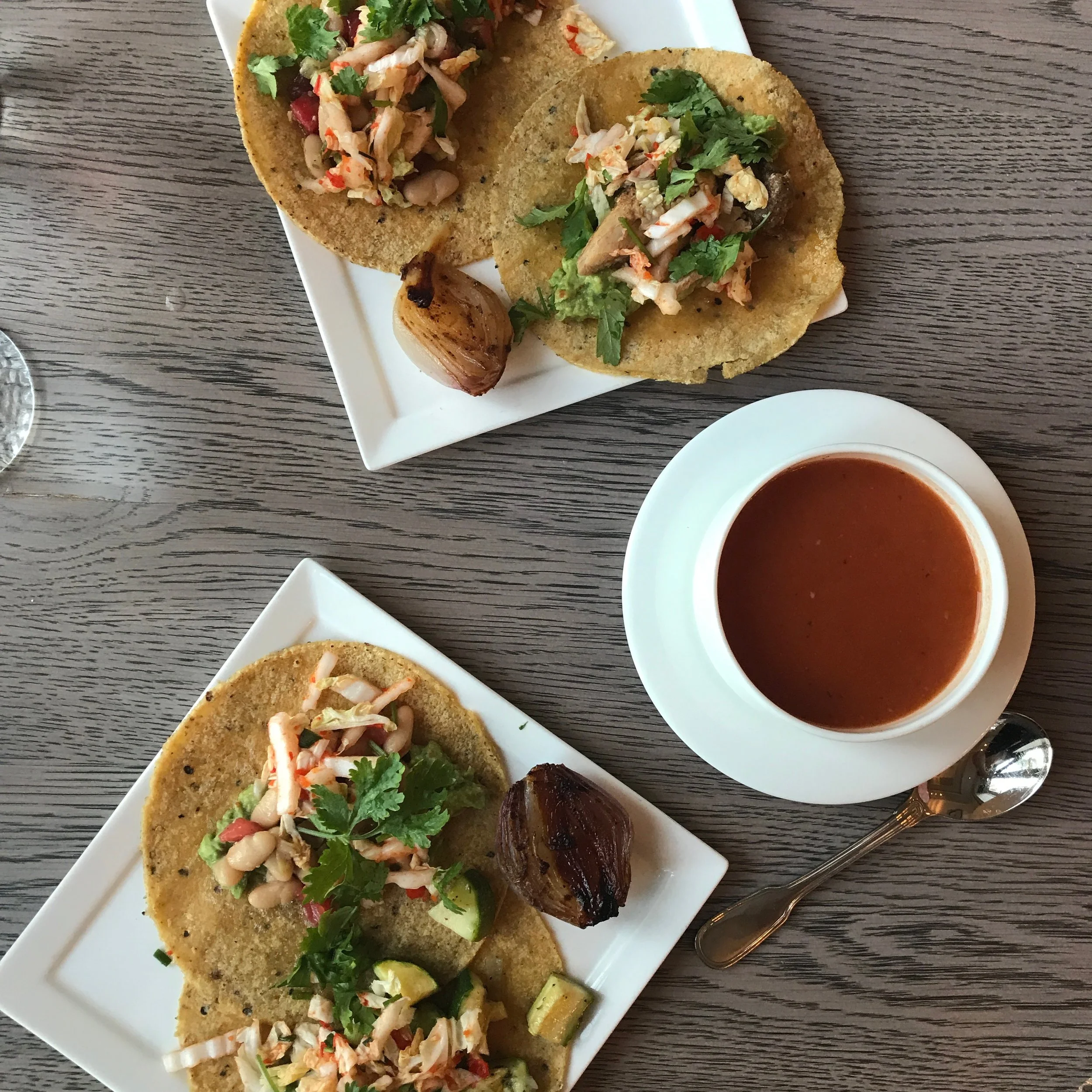Trust me, it's life changing.
Last week, I wrote about my experience of learning to eat for my dosha type and how the practice changed my life. Many of you were intrigued by the idea and wanted to learn more about the dosha types and ayurveda so here, I talk to Judy Deutsch, MS, RD, LDN, who helps to further break down the concept. Once you find out your dosha type, I'd encourage you to take her up on her advice!
How does Ayurveda play an important role in nutrition?
Ayurveda plays an important role in nutrition as it provides the practitioner with detailed information about the physiology, or body type, of an individual. Knowing one’s body type, termed a dosha, is helpful in determining what diet may be ideal for a person to keep their body, mind, and spirit in balance.
“The Ayurvedic system, as does the Chinese system, puts great importance on the temperature of a food as well as the tastes or flavors of the foods”
What are dosha types?
The dosha types are Vata, Pitta, Kapha. We all have some of each, but often 1, or sometimes 2, of them are more prominent. The Ayurvedic system, as does the Chinese system, puts great importance on the temperature of a food as well as the tastes or flavors of the foods. In Ayurveda, the 6 tastes are: sweet, sour, salty, bitter, pungent, and astringent. Some are more highly accentuated depending upon the predominant dosha/doshas.
What are some of the main characteristics of Vata?
The Vata qualities often include a thin and dry body type, very sensitive nervous system, an inquisitive mind, and a need to stay warm. They need to eat foods that will keep them moisturized and warm. A butternut squash soup made with coconut milk, apple cider, a few wakame seaweed flakes, and a dash of cinnamon and ginger would be a great choice for a Vata as the butternut squash provides some heartiness and sweetness, the coconut milk a great moisturizing food, the seaweed a little saltiness, and the mild spices some overall warmth in addition to temperature of the soup. The predominant flavors for the Vata type are salty, sour, and sweet.
...and Pitta?
The Pitta qualities are often exemplified in the athletic sturdy body type. They have lots of fire, are intense and ambitious, and naturally warm. They need to eat foods to keep them cool, including lots of green vegetables and fruits, and not too much hot spicy foods or condiments. A spinach, kale, or arugula salad with cucumbers, peppers, artichokes, and shredded carrots, with a lemon vinaigrette dressing would be a great choice for a Pitta, providing some bitter, astringent, and sweet flavors which are the predominant beneficial ones for Pitta’s.
... and Kapha?
The Kapha qualities are of a heavier nature, the earthiest of all the doshas. Kapha people often have strong bodies, with lots of stamina, and are great nurturers. They need to eat lightly without too much fat or sweets in their diet and include lots of pungent herbs and spices which keep energy moving as Kapha’s could be the most prone to sluggishness. A black bean soup with cumin and hot peppers with a side of broccoli would be a great meal for the Kapha type. Pungent, bitter, and astringent are the predominant flavors for this dosha.
What happens if you’re a combination of doshas? How do you know how to properly eat?
People who have two fairly equal doshas will follow some of the principles from both. For example, if you are a Vatta/Pitta, then chances are you will not be as cold and dry as a predominately Vata person, or as hot as a predominately Pitta person. It would still helpful to have mostly warm foods, but a variety of all the tastes or flavors would be suitable.





















